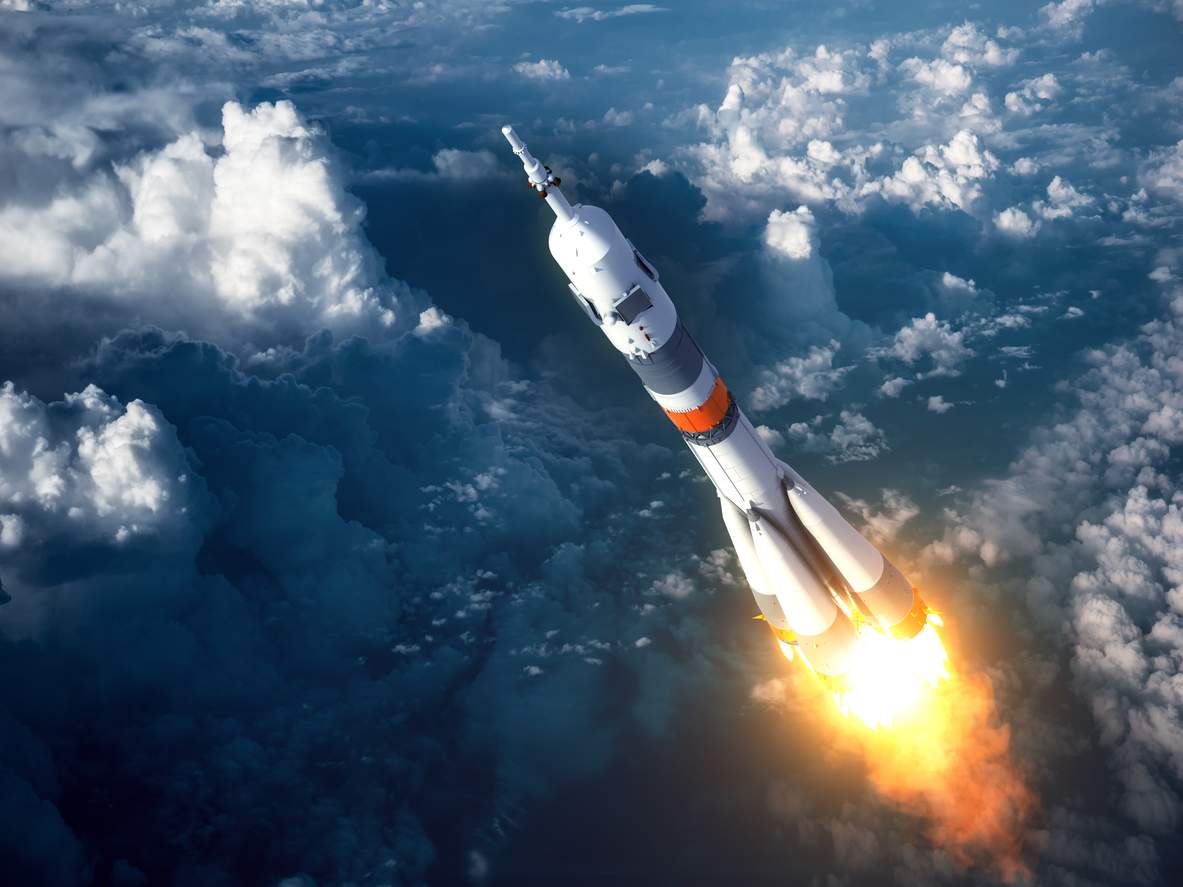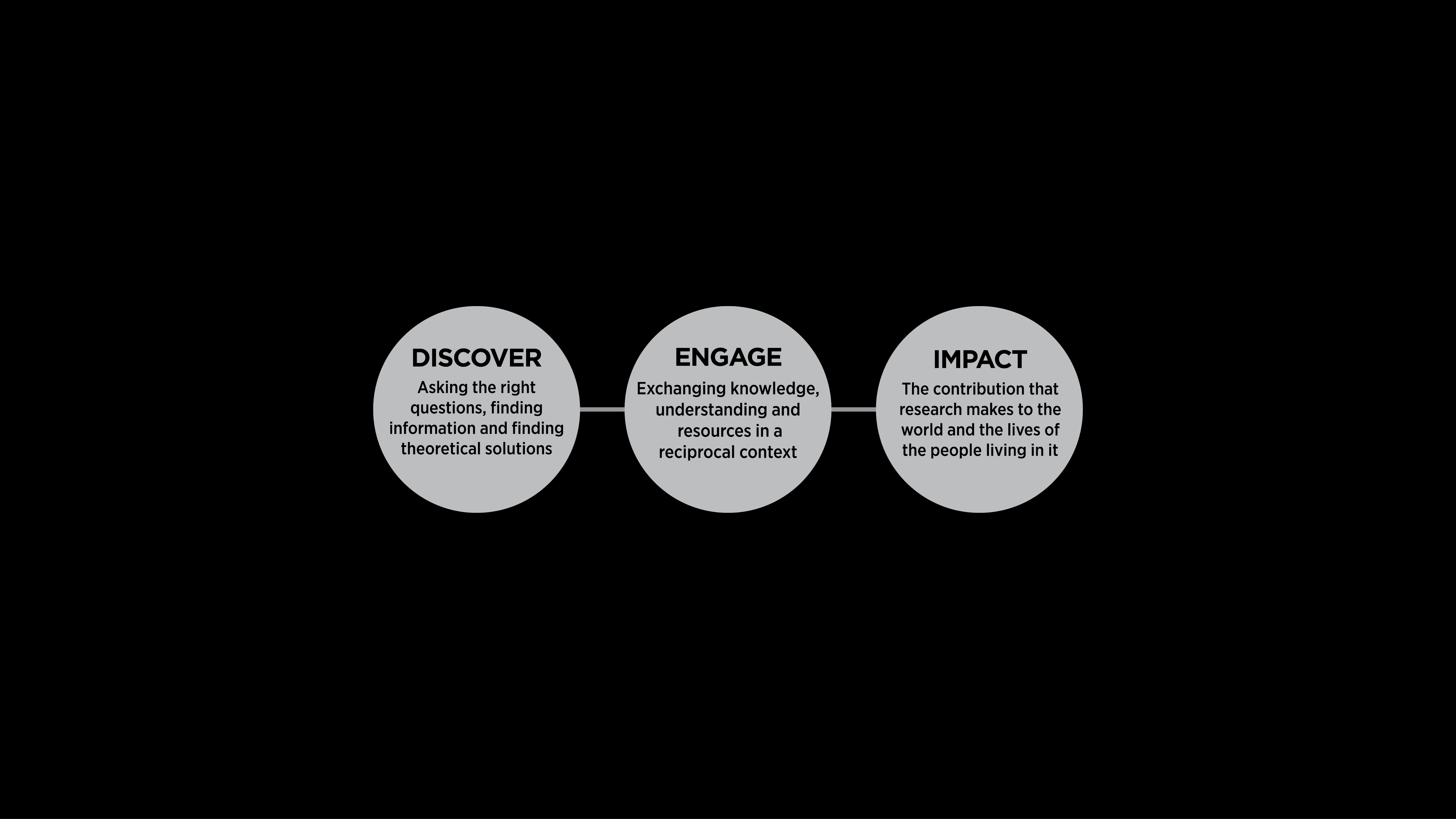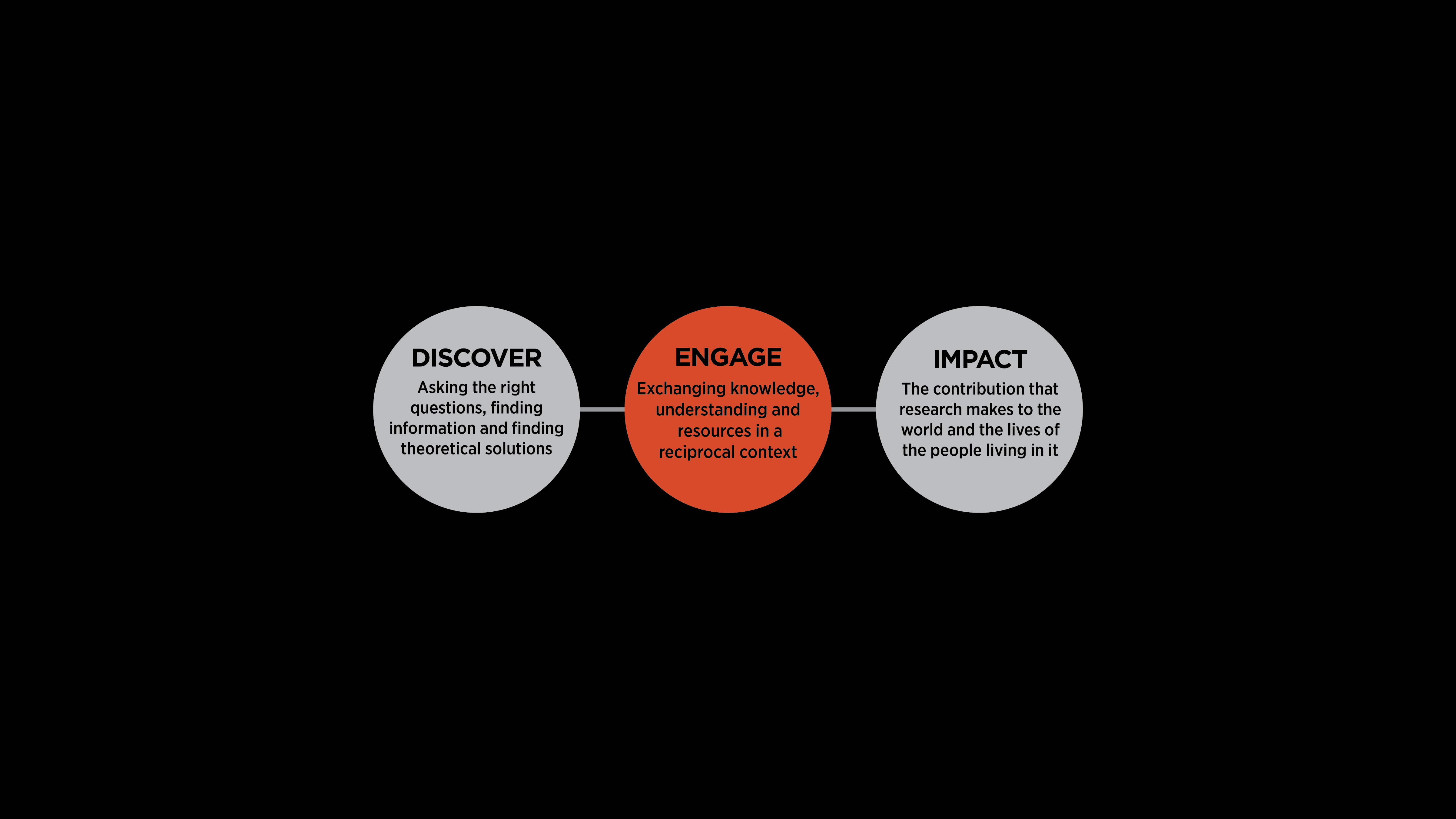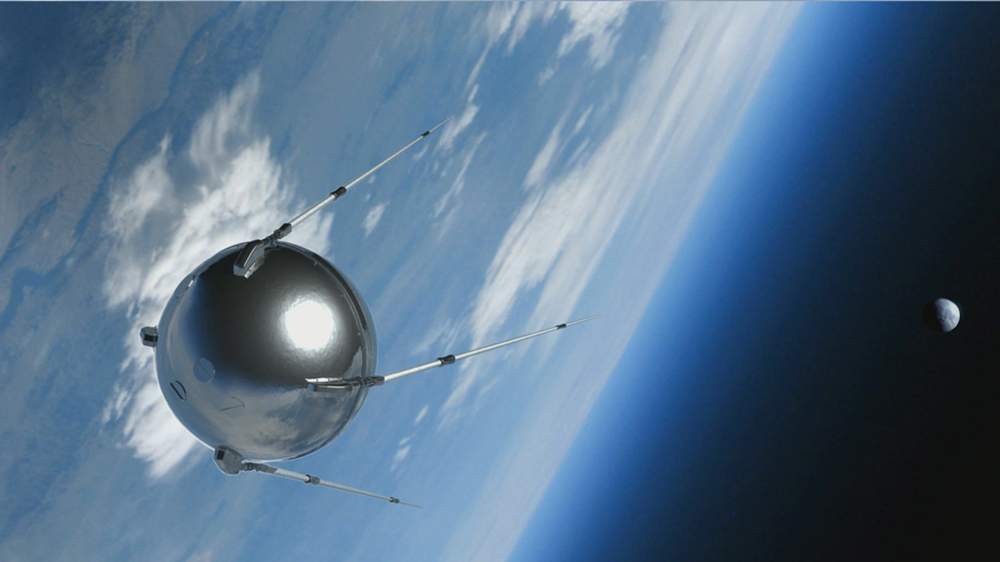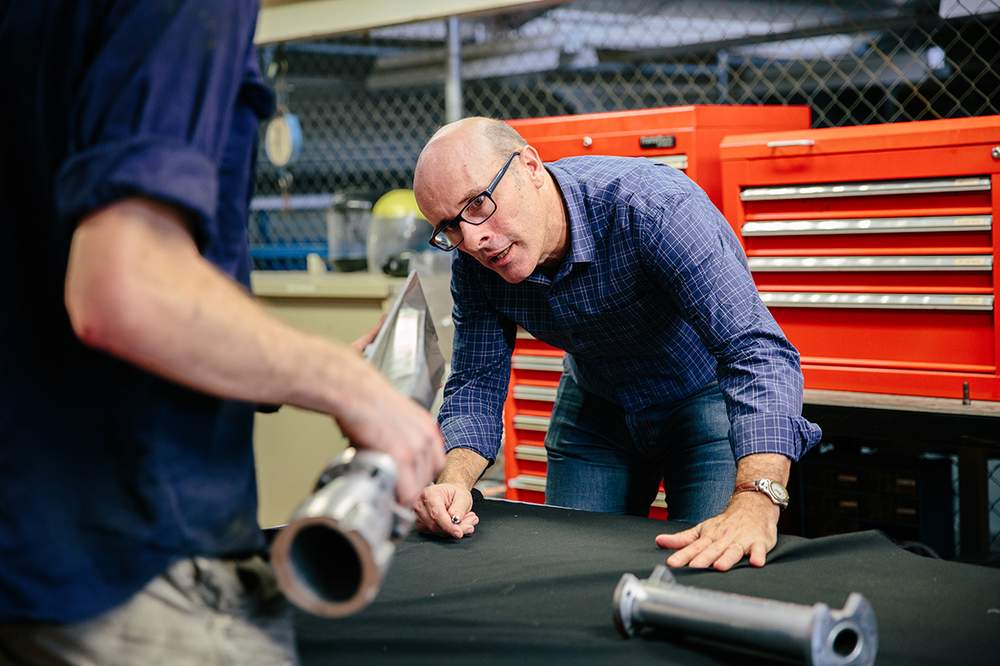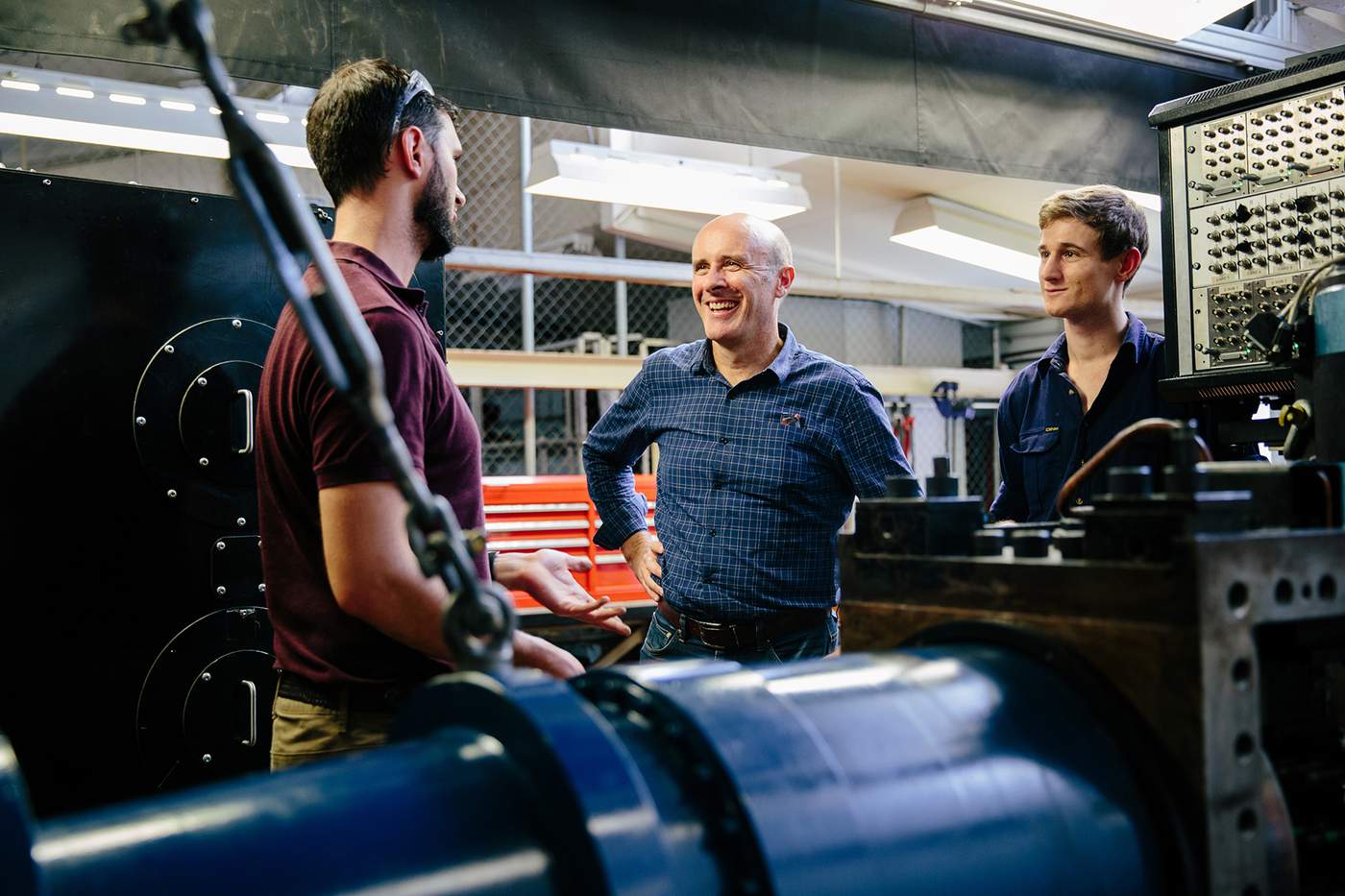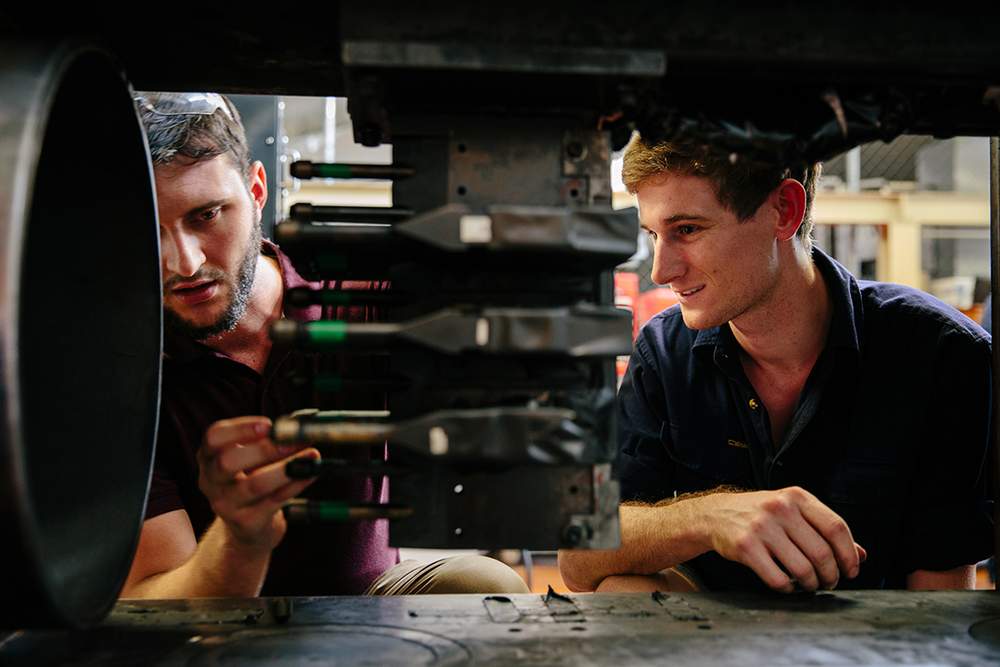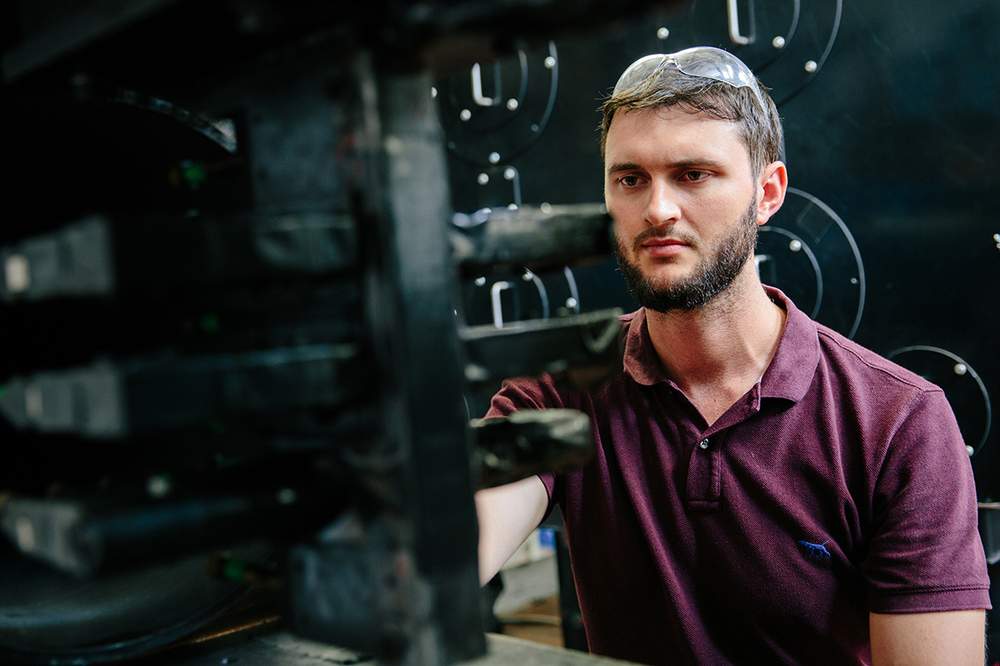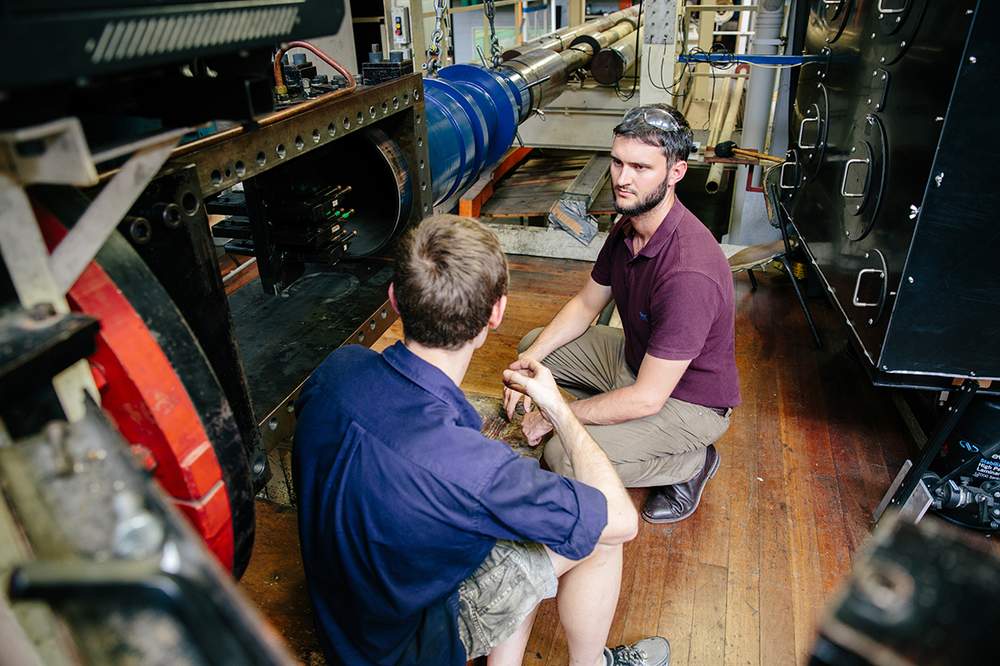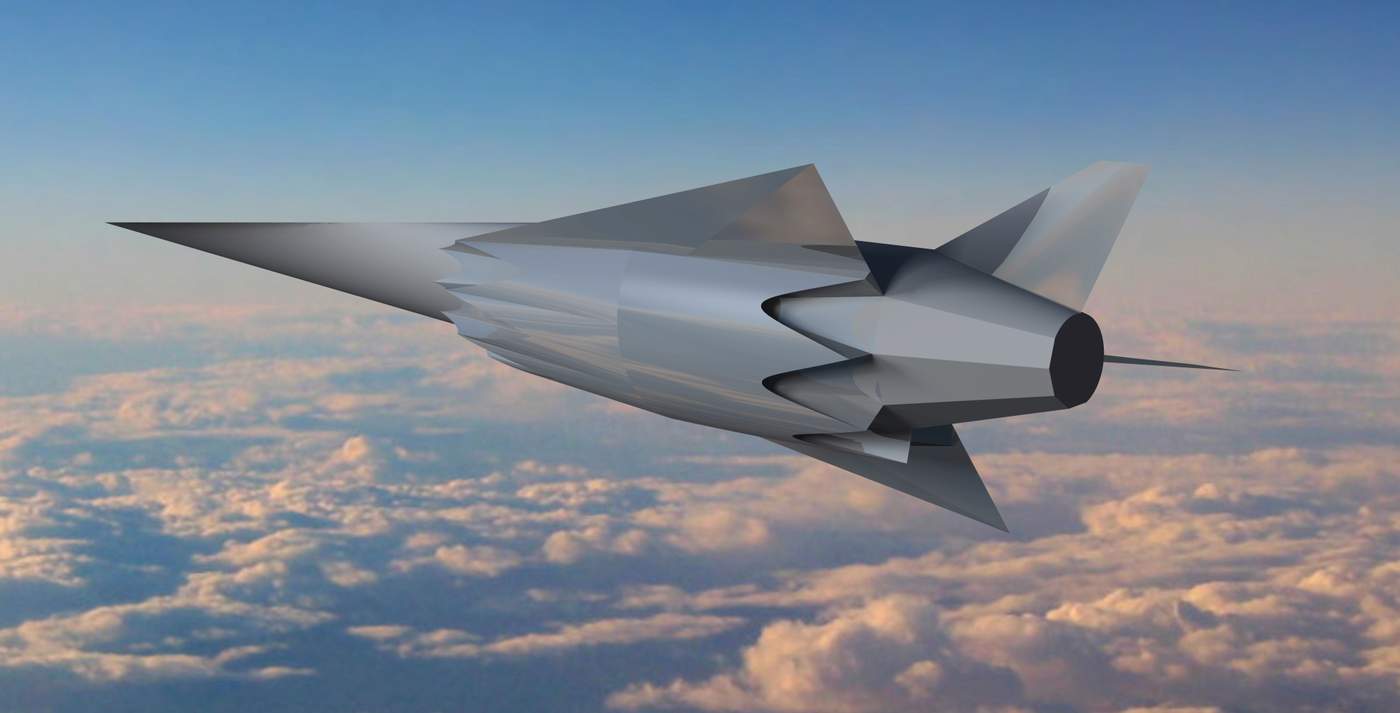Professor Smart says there’s an opportunity for UQ to leverage its world-leading scramjet technology for commercial use.
“A lot of profitable companies have developed businesses using small satellites, that is satellites weighing less than about 200 kilograms. But the problem for these businesses is that there is no ‘dedicated launch’ capability for small satellites,” he says.
“They have to do what’s called a ‘tag along’, where their satellite is sent into orbit as part of a bigger launch, and they are simply tossed out the side on the way up. They are also constrained to the schedule of the main launch customer. It's very frustrating.
“We’d like to provide them with a dedicated launch. We’d launch a couple of small satellites for a particular company – quickly and in exactly the right spot – and later when that satellite reaches its end-of-life and is de-orbited, we’d do it again for them.
“There’s a real commercial opportunity, and that’s where a scramjet can be more cost-effective than a rocket because it can be used many times over.
"UQ has developed the SPARTAN small satellite launcher concept to do just that."
Hypersonic flow in the lab
The jewel in the crown of scramjet research at UQ is the T4 Free-Piston Driven Shock Tunnel (T4 Shock Tunnel).
It was developed by Australia's first professor of space engineering, Emeritus Professor Ray Stalker, and with it scientists at the Centre for Hypersonics can re-create the exact conditions of hypersonic flight high in the sky.
There have been more than 12,000 shots in the T4 Shock Tunnel since it was commissioned in 1988, and numerous institutions have copied its design. So much so that this type of facility is now known internationally as a 'Stalker Tube'.
Watch slow motion footage of a test shot in the T4 Shock Tunnel.
The experiments have ranged from fundamental studies of how combustion occurs in supersonic flows, to the first ever scramjet that produced positive thrust in 1995.
The HyShot research project, which demonstrated the possibility of supersonic combustion under flight conditions, was also conducted in the T4 Shock Tunnel. The scramjet engine that flew on HyShot 2 was the first ever to produce supersonic combustion in flight.
More recently, the T4 Shock Tunnel has been used to test state-of-the-art three-dimensional scramjet engines for SPARTAN, a project designed to deliver satellites weighing up to 250 kilograms into orbit and allowing them to be monitored nationally or internationally.
These tests started in 2006 at speeds of Mach 8, and culminated with tests at speeds of Mach 12 in 2013.
Without the ability to recreate the exact velocity, temperature and pressure of hypersonic flight in the laboratory, UQ would not be the world leader in scramjet research that it is today.
The story so far
1975: Australia's first professor of space engineering, Emeritus Professor Ray Stalker, joins UQ from Australian National University
1988: The T4 Free-piston Driven Shock Tunnel is commissioned at UQ
1995: The first scramjet to provide positive thrust is reported after a test is conducted in the T4 shock tunnel
1995: The X2 Super-Orbital Expansion Tube is commissioned at UQ
1997: The HyShot Flight Program begins. The program is an experiment designed to determine the accuracy of pressure measurements made of supersonic combustion in the T4 shock tunnel compared to those observed in flight
2001: The X3 Free-piston Driven Expansion Tube is commissioned at UQ
2002: HyShot 2 is launched and is the first scramjet flight test that produces supersonic combustion
2006: HyShot 3 and 4 are launched
2006: Defence Science and Technology Organisation's applied hypersonics group forms with researchers from the UQ HyShot flight team. Scramjet design team remains at UQ
2006: The first test of a three-dimensional scramjet is conducted at UQ
2007: The joint Australian/US HIFiRE Program commences. The program investigates the fundamental science of hypersonics technology and its potential for next generation aeronautical systems
2009: HIFiRE 0, the first flight of HIFiRE Program is launched
2012: Professor Michael Smart receives an ICAS award for International Co-operation in Aerospace as part of the HIFiRE team
2013: A Mach 12 scramjet is tested in T4 shock tunnel
2014: The SPARTAN small satellite launcher is conceived
2015: HIFiRE 7 is flown with two UQ-designed three-dimensional scramjets from the Andoya Space Center in Norway at speeds of Mach 8
2016: HiFiRE 5B, hits targeted speeds of Mach 7.5 (9200kmph) and reaches a height of 278 kilometres from earth, after it is launched from the Woomera Test Range in South Australia
2017: Centre for Hypersonics Director Professor Richard Morgan receives the American Institute of Aeronautics and Astronautics (AIAA) Hypersonic Systems and Technologies Award
Image: Thomas Keith

